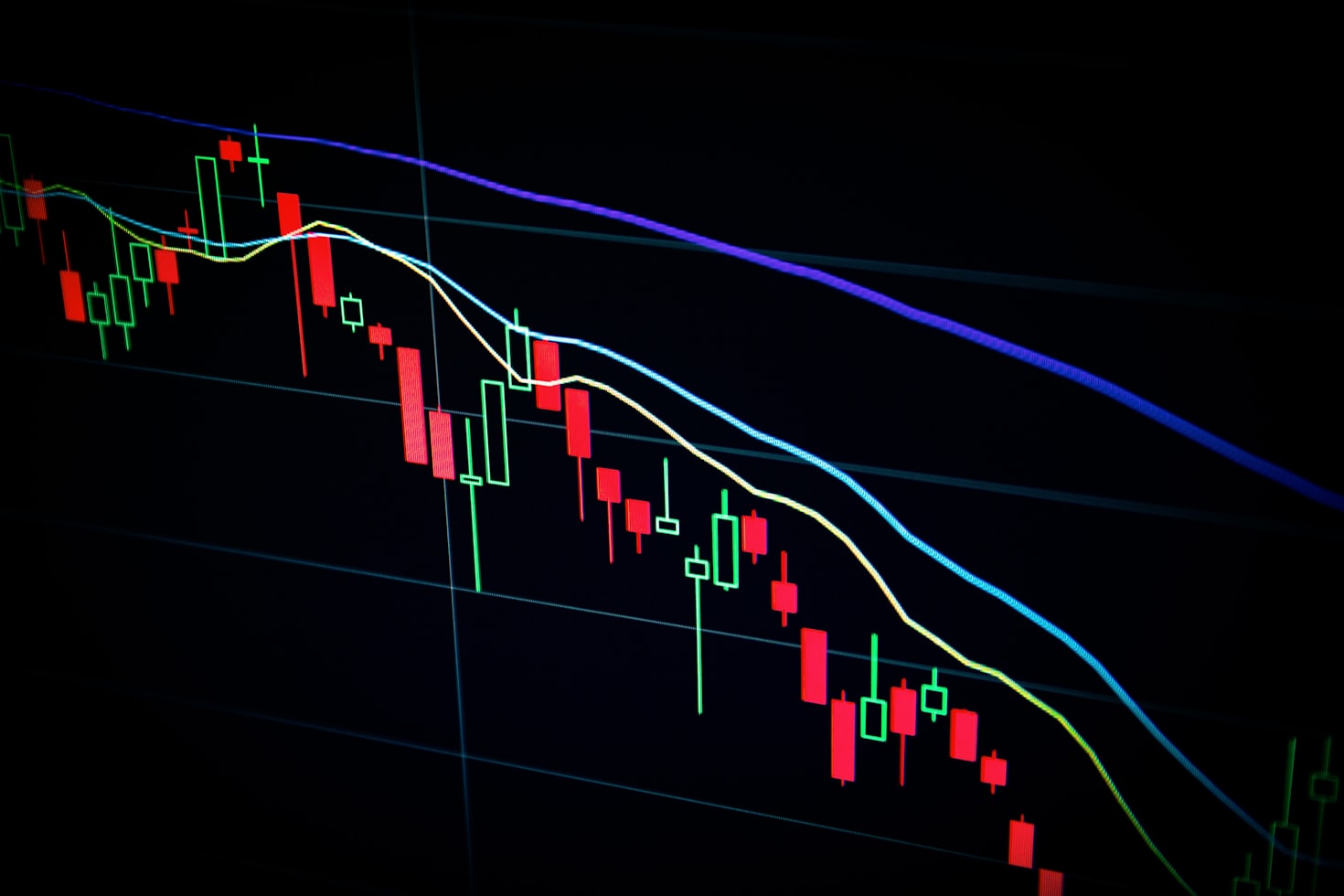Why Should Businesses Prepare for ESG Regulations in 2025?
Environmental, Social, and Governance (ESG) regulations are evolving rapidly, and 2025 is set to bring significant changes that will impact businesses globally. With increasing pressure from investors, consumers, and governments, companies must stay ahead of compliance requirements to avoid penalties and maintain competitive advantage. This article dives deep into the upcoming ESG regulations, their implications, and actionable strategies for businesses to adapt successfully.
📚 Table of Contents
Key ESG Regulatory Changes in 2025
The year 2025 will introduce stricter ESG reporting mandates, particularly in the European Union and North America. The EU’s Corporate Sustainability Reporting Directive (CSRD) will expand its scope to include more companies, requiring detailed disclosures on carbon emissions, social impact, and governance practices. Similarly, the U.S. Securities and Exchange Commission (SEC) is expected to finalize climate-related disclosure rules, compelling publicly traded companies to report Scope 1, 2, and 3 emissions.
Additionally, emerging markets like India and Brazil are implementing localized ESG frameworks to align with global standards. For example, India’s Business Responsibility and Sustainability Reporting (BRSR) will mandate ESG disclosures for the top 1,000 listed companies. These changes signal a shift toward standardized, transparent reporting that holds businesses accountable for their sustainability commitments.
Global Impact of ESG Regulations
ESG regulations in 2025 will have a ripple effect across industries, influencing supply chains, investment decisions, and corporate strategies. Financial institutions are increasingly integrating ESG criteria into lending and investment policies, meaning non-compliant businesses may face higher capital costs or exclusion from funding opportunities. Meanwhile, consumer demand for sustainable products is pushing companies to adopt greener practices or risk losing market share.
For multinational corporations, navigating varying regional requirements will be a challenge. A company operating in both the EU and Asia, for instance, must comply with CSRD while also adhering to local frameworks like Japan’s TCFD-aligned reporting. This complexity underscores the need for a unified ESG strategy that balances global standards with regional nuances.
Biggest Compliance Challenges for Businesses
One of the primary hurdles in ESG compliance is data collection and verification. Many companies lack the infrastructure to track emissions, labor practices, or board diversity metrics accurately. Smaller businesses, in particular, may struggle with the costs of implementing ESG reporting systems or hiring sustainability consultants.
Another challenge is “greenwashing” accusations. Regulators are cracking down on misleading sustainability claims, and businesses must ensure their disclosures are backed by verifiable data. For example, a fashion brand claiming to be “carbon neutral” must provide third-party audits to substantiate its claims or face reputational and legal consequences.
Best Practices for ESG Compliance
To stay ahead of 2025 regulations, businesses should start by conducting a materiality assessment to identify their most significant ESG risks and opportunities. This process involves engaging stakeholders—investors, employees, and customers—to prioritize issues like carbon footprint reduction or fair labor practices.
Investing in ESG software can streamline data management, automating the collection and analysis of sustainability metrics. Companies like Salesforce and SAP offer tools that integrate with existing ERP systems to simplify reporting. Additionally, forming cross-functional ESG teams ensures accountability, with representatives from finance, operations, and legal collaborating on compliance efforts.
Case Studies: Companies Leading ESG Compliance
Unilever has set a benchmark for ESG excellence with its “Sustainable Living Plan,” which focuses on reducing environmental impact while improving social outcomes. The company reports annually on progress toward goals like zero waste to landfill and fair wages in its supply chain. Similarly, Microsoft has committed to becoming carbon-negative by 2030, investing in renewable energy and carbon capture technologies to meet its targets.
These examples highlight how proactive ESG strategies can drive innovation and stakeholder trust. By aligning sustainability goals with business objectives, companies can turn regulatory compliance into a competitive advantage.
Future Trends Beyond 2025
Looking beyond 2025, ESG regulations will likely become even more stringent, with a focus on biodiversity, circular economy practices, and social equity. The Taskforce on Nature-related Financial Disclosures (TNFD) is expected to gain traction, requiring businesses to disclose their impact on ecosystems. Meanwhile, advancements in AI and blockchain could revolutionize ESG reporting, enabling real-time tracking and greater transparency.
Investors are also shifting toward “impact investing,” where financial returns are tied to measurable social or environmental benefits. This trend will pressure businesses to demonstrate tangible ESG outcomes, not just compliance.
Conclusion
ESG regulations in 2025 represent both a challenge and an opportunity for businesses worldwide. By understanding upcoming changes, addressing compliance hurdles, and adopting best practices, companies can position themselves as leaders in sustainability while mitigating risks. The key is to act now—delaying ESG preparedness could result in financial penalties, reputational damage, and lost opportunities in an increasingly sustainability-driven market.


Leave a Reply